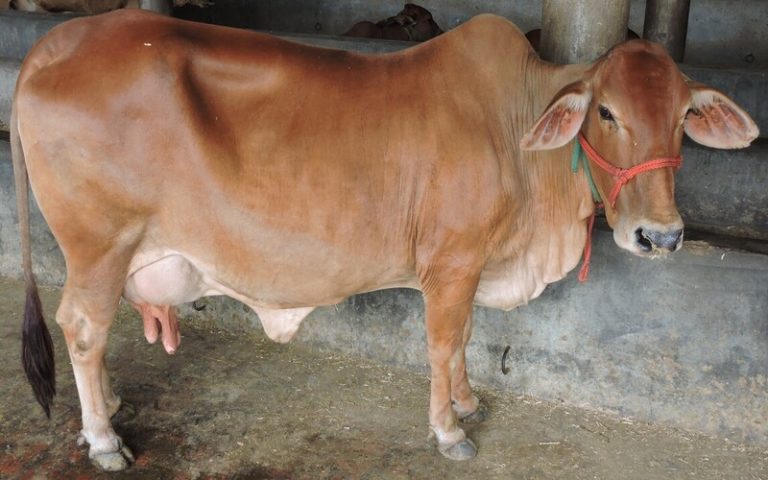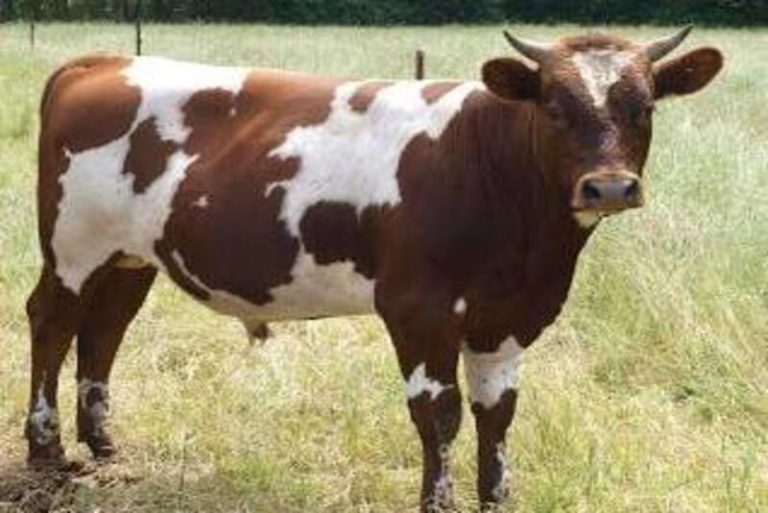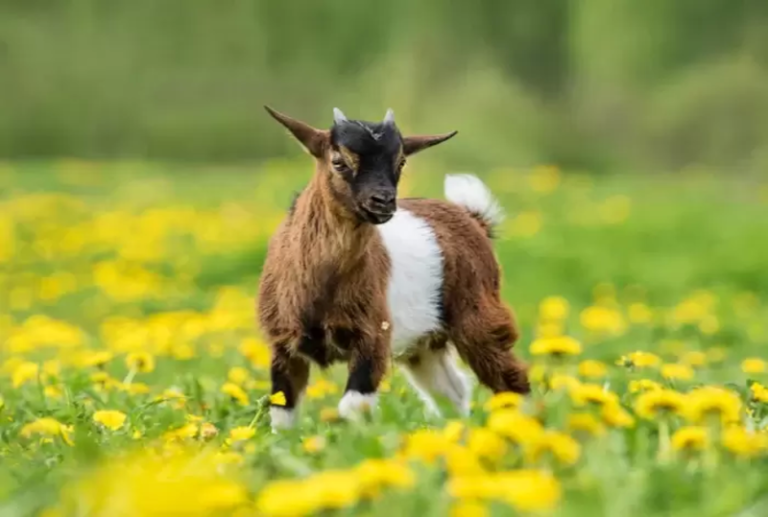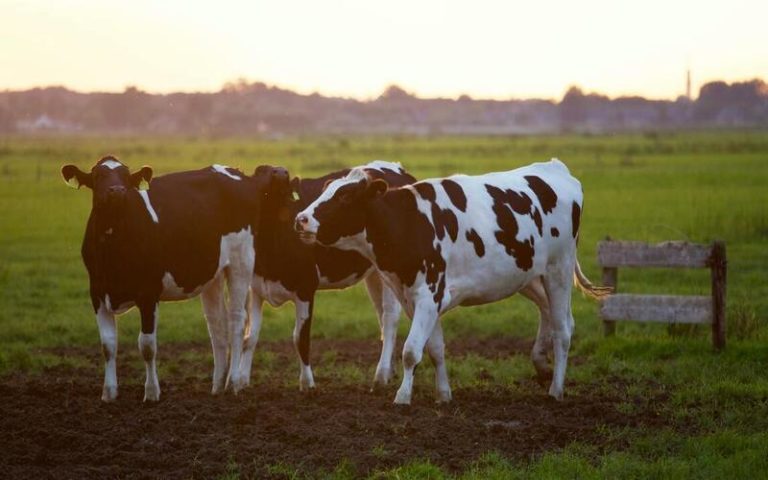The Kalahari Goat: A Sustainable Livestock Option for Farmers in Water-Scarce Regions
The Kalahari goat is a hardy breed of goat that is indigenous to Southern Africa, particularly the Kalahari Desert region, hence its name. It is a breed that is well-suited to the harsh and arid conditions of the desert, and its meat is known for its excellent quality.
In recent years, there has been a growing interest in the Kalahari goat, particularly in the agricultural and farming sectors.
This article will tell you everything you need to know about the Kalahari goat, including what it looks like, how to breed it, and the benefits of keeping one.
Characteristics of the Kalahari Goat
The Kalahari goat is a medium-sized breed that is characterized by its hardiness, adaptability, and excellent meat quality. They have a distinctive appearance, with a muscular body, a broad chest, and strong legs that are well-adapted for moving over rough terrain.
Their coat is typically short and sleek, and it comes in a range of colors, including black, brown, and white. They have a broad head with large, slightly curved horns that are typically found on both males and females.
One of the key characteristics of the Kalahari goat is its adaptability to arid and semi-arid environments. They are able to withstand high temperatures, and their efficient digestive systems enable them to extract the maximum amount of nutrients from sparse vegetation.
As a result, they require minimal feed and water, making them an excellent choice for farmers who have limited resources.
Physical characteristics of the Kalahari Goats
The Kalahari goat is a distinctive breed of goat that has several physical characteristics that set it apart from other goat breeds.
These characteristics are a result of the breed’s adaptation to the harsh and arid conditions of the Kalahari Desert region, where it is indigenous. Here are some of the physical characteristics of the Kalahari goat:
- Body Size and Shape: The Kalahari goat is a medium-sized breed, with mature males weighing between 70 – 90 kg and females between 40 – 60 kg. They have a muscular body with a broad chest and strong, straight legs that are well-adapted for moving over rough terrain. They also have a long, deep, and wide rib cage, which allows for a large rumen, enabling them to efficiently digest a variety of vegetation.
- Coat Color and Texture: The coat of the Kalahari goat is short and sleek, with a glossy appearance. It comes in a range of colors, including black, brown, and white, although black is the most common. The goat’s fine hair helps to protect it from the heat of the desert while also providing insulation in cooler temperatures.
- Head and Horns: The Kalahari goat has a broad and slightly curved head with a strong jaw and large, expressive eyes. Both male and female goats have long, slightly curved horns that grow outward and upward from the base of the skull. The horns can grow up to 35 cm in length and are an important defense mechanism for the goat in the wild.
- Ears: The Kalahari goat has long, droopy ears that are covered in short hair. The ears help to regulate the goat’s body temperature, allowing for heat loss when the goat is hot and heat retention when it is cold.
- Tail: The tail of the Kalahari goat is long and thin, and it is held high when the goat is alert or excited. It’s also a way for goats to talk to each other. Different positions and movements send different messages.
- Hooves: The hooves of the Kalahari goat are hard and durable, which allows them to navigate the rocky and uneven terrain of the desert. They are also self-cleaning, which helps prevent infections and other foot-related issues.
Overall, the physical characteristics of the Kalahari goat are a result of the breed’s adaptation to the harsh and arid conditions of the Kalahari Desert. These characteristics have made it a hardy and resilient breed that is well-suited to the challenges of the desert environment.
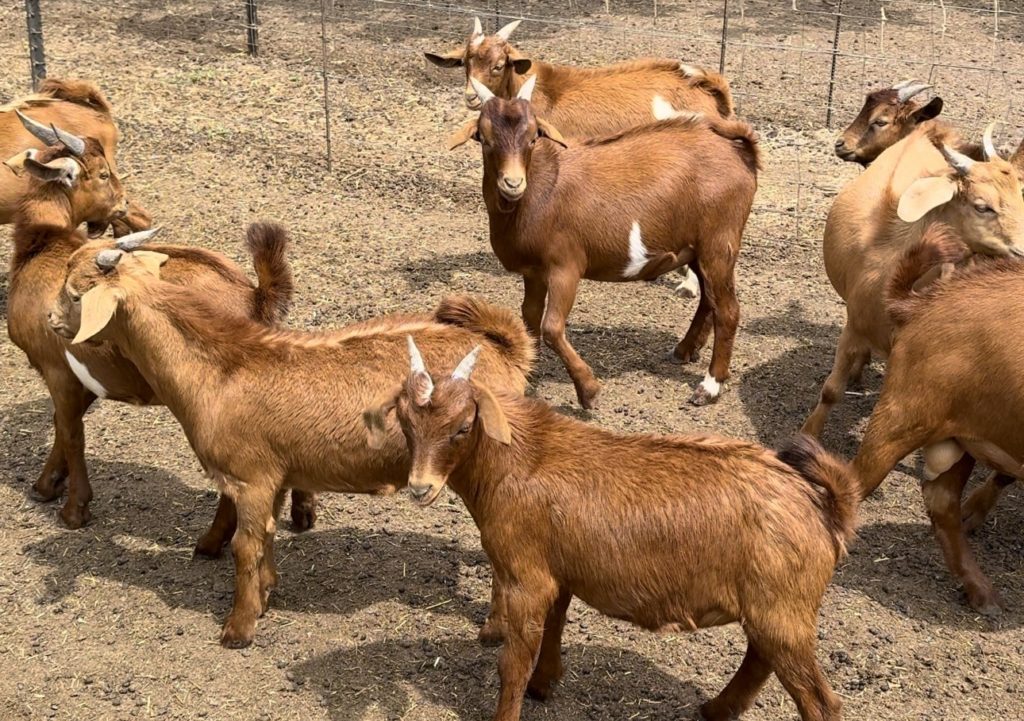
Breeding the Kalahari Goats
Kalahari goats are an excellent breed for farmers who are looking to breed animals that are hardy, disease-resistant, and able to produce high-quality meat.
They are also relatively easy to breed, with a high fertility rate and a short gestation period of approximately 150 days. This means that farmers can quickly build up their herds and begin to see a return on their investment within a short period of time.
When breeding Kalahari goats, it is important to select high-quality breeding stock that exhibits the desired characteristics. This includes looking for goats that have good conformation, are disease-free, and have good meat qualities.
Selecting the right breeding stock will ensure that the offspring are of high quality and have the characteristics that are desired in the breed.
Benefits of Raising Kalahari Goats
There are many benefits to raising Kalahari goats, particularly for farmers who are operating in arid and semi-arid environments. Some of the key benefits include:
- Adaptability: Kalahari goats are well-suited to arid and semi-arid environments and can survive on minimal feed and water. This makes them an excellent choice for farmers who have limited resources.
- Meat Quality: The meat from Kalahari goats is of excellent quality, with a unique flavor that is highly sought after by consumers. This means that farmers can command a premium price for their meat, resulting in higher profits.
- Disease Resistance: Kalahari goats are relatively disease-resistant, which means that farmers can avoid the costs associated with treating and preventing diseases.
- Short Gestation Period: The short gestation period of Kalahari goats means that farmers can quickly build up their herds and begin to see a return on their investment within a short period of time.
- High Fertility: Kalahari goats have a high fertility rate, which means that farmers can quickly increase their herd size.
- Low Maintenance: Kalahari goats require minimal maintenance, making them a low-cost option for farmers.

Conclusion
The Kalahari goat is a hardy and adaptable breed that is well-suited to arid and semi-arid environments. It is a breed that is easy to breed, disease-resistant, and able to produce high-quality meat at an affordable cost.
These characteristics make it an attractive option for farmers who are operating in harsh and challenging conditions. By selecting high-quality breeding stock and implementing effective herd management practices, farmers can build up their herds quickly and begin to see a return on their investment within a short period of time.
Overall, the Kalahari goat is an excellent breed for farmers who are looking to produce high-quality meat at an affordable cost. With its hardiness, adaptability, and disease resistance, it is an excellent choice for farmers who are operating in arid and semi-arid environments.
As interest in this breed continues to grow, it is likely that we will see an increase in the number of farmers who are raising Kalahari goats around the world.
Also Read :-
Sahiwal Cattle: A Valuable Breed for Dairy Production and More


